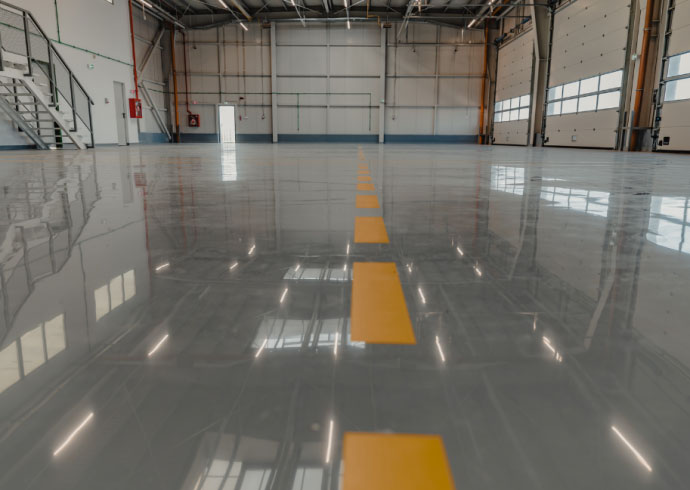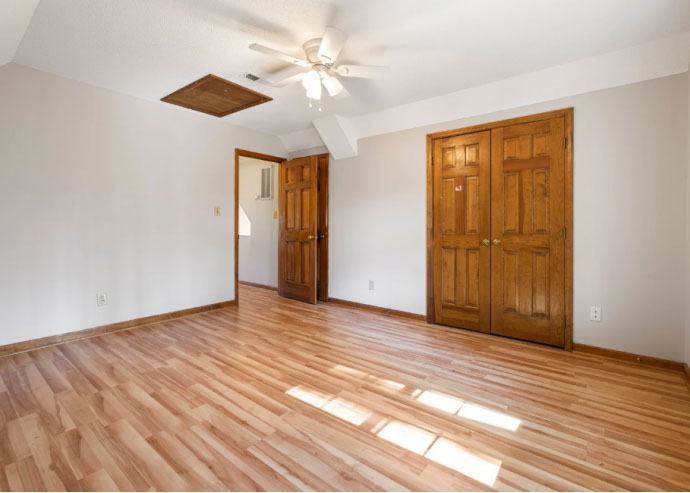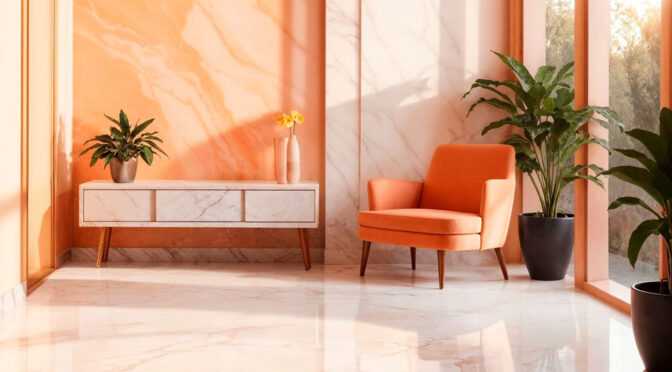To epoxy or not to epoxy, that is the question. Both timber flooring and epoxy flooring come with their respective aesthetics, benefits, drawbacks, and pricing points. The question is, how does one decide whether they should opt for wooden or epoxy or flooring? What factors should you account for and how are the two different?
If you’re on the fence about choosing epoxy or wooden/timber flooring, read on. We’ll discuss aesthetic, composite, maintenance, and application differences, as well as how to make the right choice for you and your family or office.
Worlds Apart: Epoxy vs. Wooden Flooring
Epoxy and wooden or timber flooring are fundamentally different, both in their look and feel, and composition. They’re usually used in different settings, too. It’s not often you’ll see epoxy flooring in a family home or laminate wooden flooring in a meat factory.
Composition and Properties
Epoxy and timber are quite different on a molecular level, which is what gives them their respective aesthetic appeals and properties.
Epoxy

Epoxy is another name for a substance called polyurethane. It’s laid on top of a base/substrate flooring, usually concrete, to provide impenetrable protection against chemicals, moisture and dirt. It does this by curing to create a permanent bond with its substrate floor.
Its composition means that it is non-porous, making it especially stubborn against dirt and stains. It’s easy to clean, difficult to damage and famously cost-effective.
Timber

Timber, or wooden flooring, is a polymer known as cellulose by chemists. If you opt for high-quality timber, the flooring can last for decades, even with high foot traffic. It’s great for insulating and soundproofing spaces and is aesthetically pleasing.
Usually, wooden flooring is made by cutting and drying logs, then machines cut grooves along dried planks to create an interlocking system. They’re sealed to create a certain look, then pre-finished before being sent to suppliers.
Timber can be easy to maintain and an eco-friendly option. Regular sweeping and sustainable forestry practice makes this a favourable flooring solution.
Aesthetics and Setting
Wooden flooring and epoxy are usually found in different spaces. They also offer vastly different aesthetics.
Epoxy
Epoxy floors are usually found in commercial and industrial spaces because of their durability and concrete substrate. However, their usual setting isn’t the be-all and end-all of its placement prospects. It’s very customisable, meaning it can fit perfectly into any decorating plan. Customise epoxy flooring by choosing between different colours of flakes, resin, and creating designs.
You could include flower or leaf designs, a mosaic design, or a company logo in the case of commercial use.
Timber
Wooden floors are usually found in family homes, restaurants, and other living and hospitality spaces. They too, are very customisable. For instance, Premium Flooring Gallery offers Herringbone Oak, Classic Oak, Vogue Timber, Australian Hardboard, and Hybrid flooring. Each of these has different colors and designs.
Making Your Choice
You should choose epoxy if you’re flooring a commercial or industrial space and timber for home and hospitality spaces. Of course, you can use epoxy in homey spaces too– it’s all about your preferred look. It’s a good idea to use epoxy in industrial spaces because of its resistance against wear-and-tear.
Whatever you decide, know that you can contact Premium Floor Gallery for help making your decorative dreams come to life. We’d love to help you transform your space into something you’re proud of.

 Office :
Office : 
 Weekdays 8.30-2.30 | Weekend: By Appointments Only
Weekdays 8.30-2.30 | Weekend: By Appointments Only


